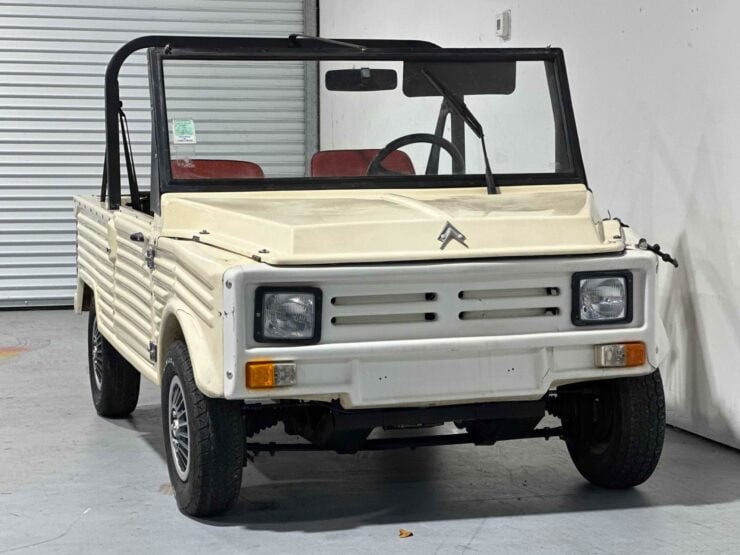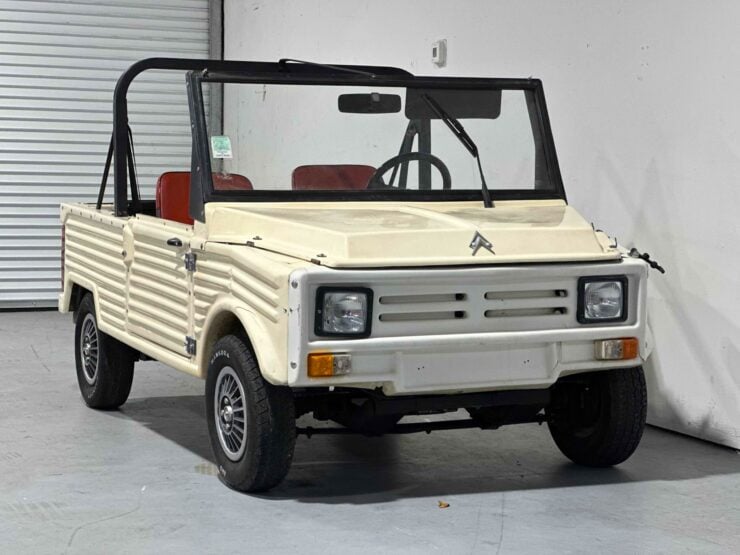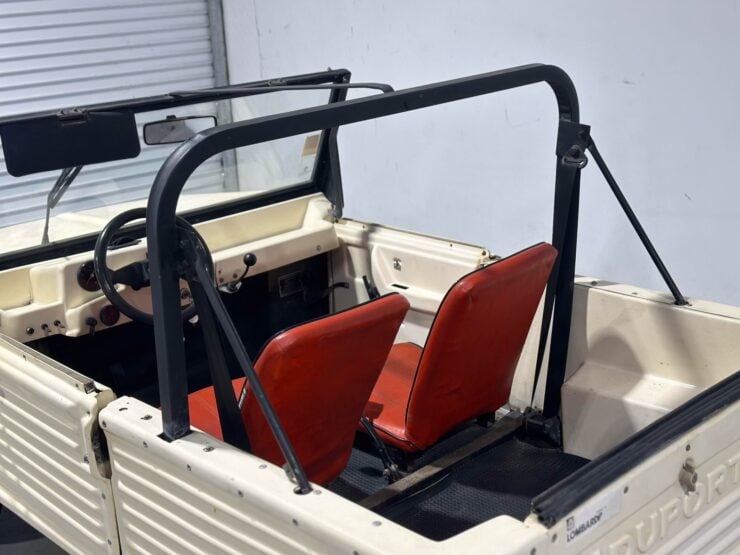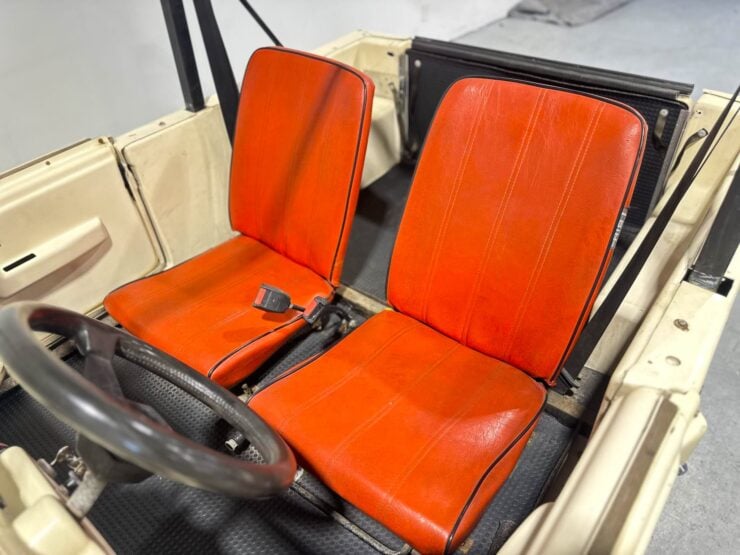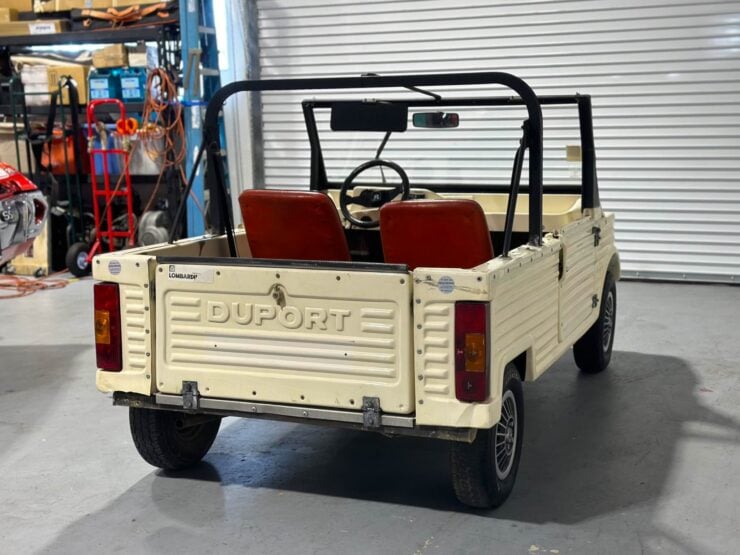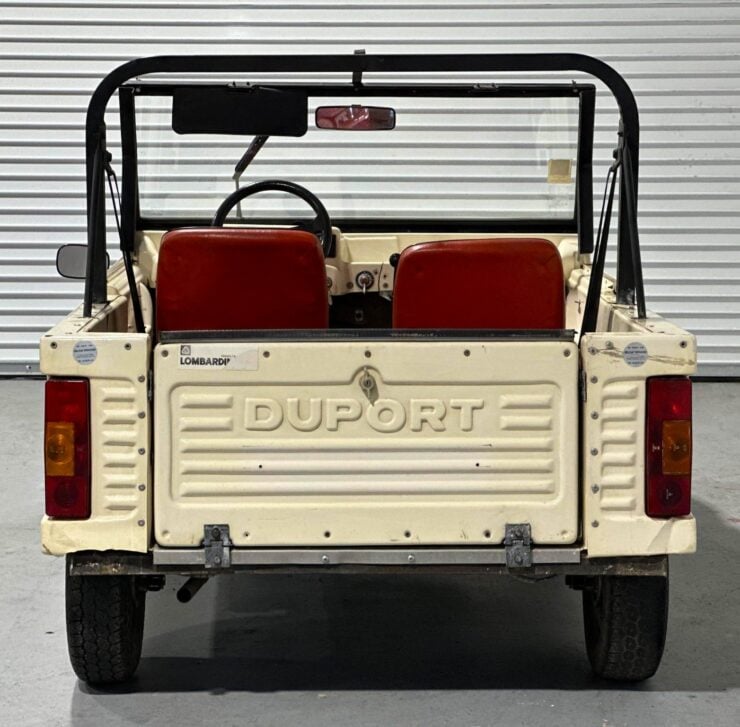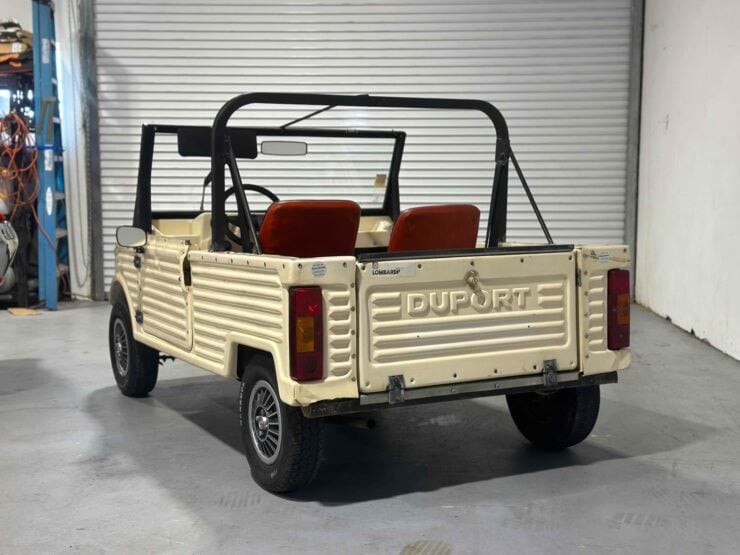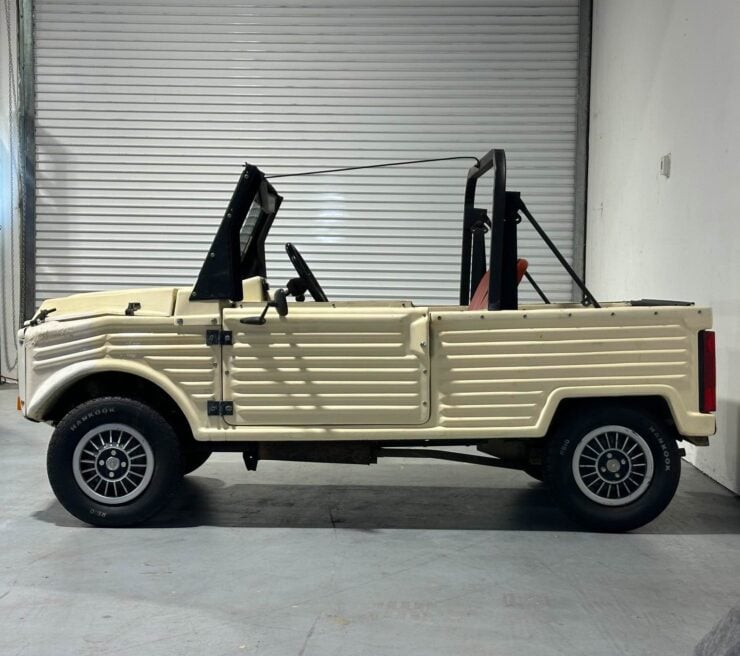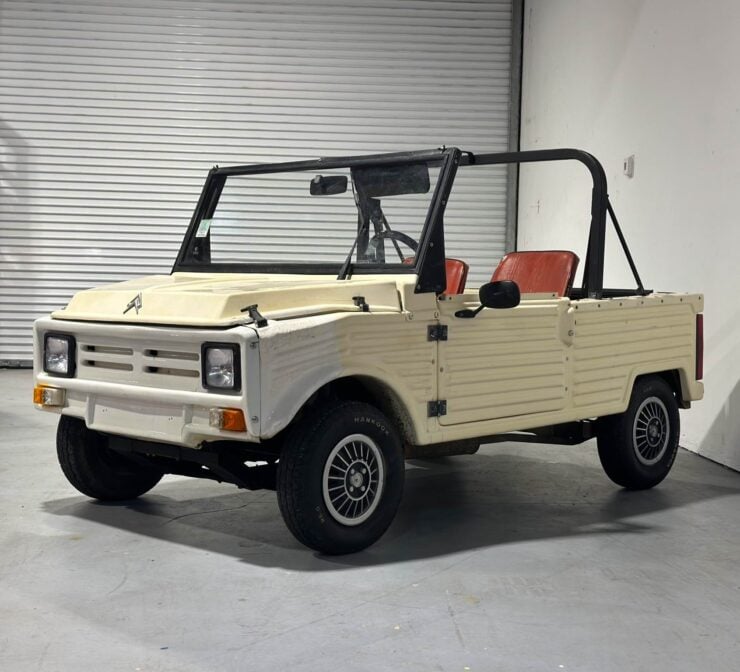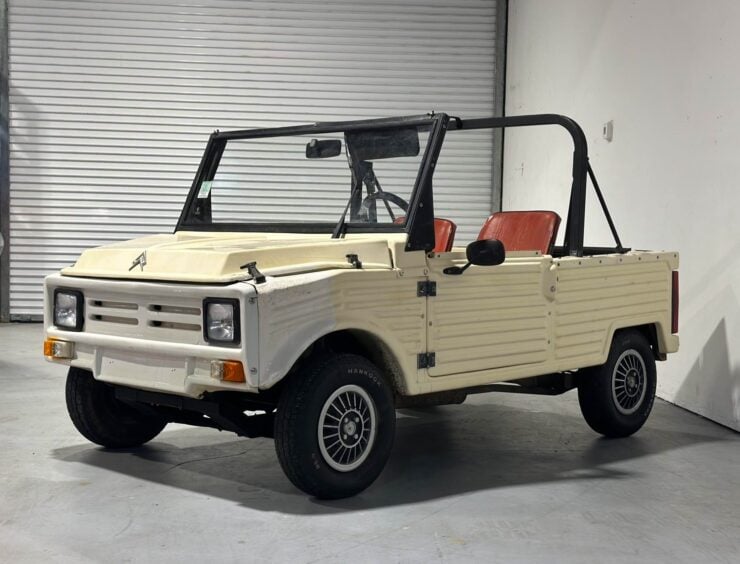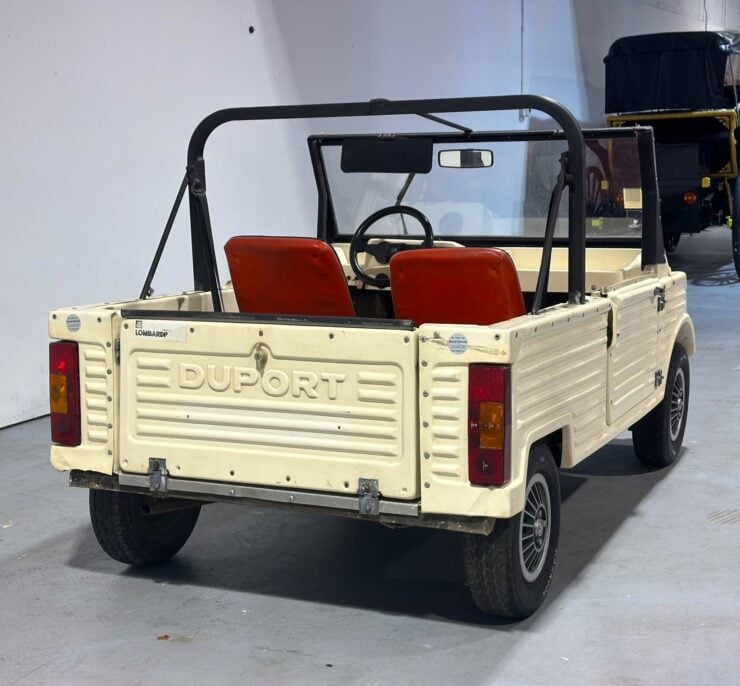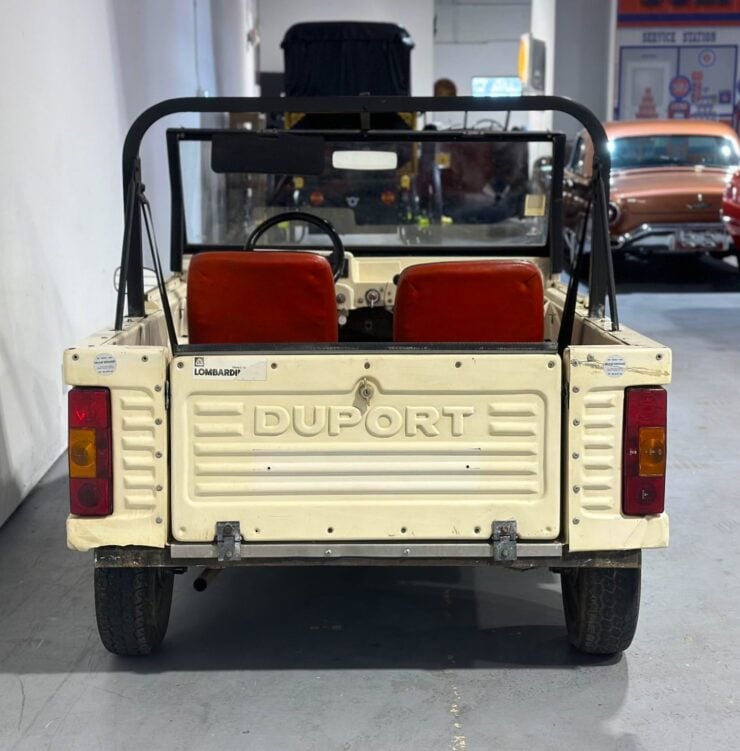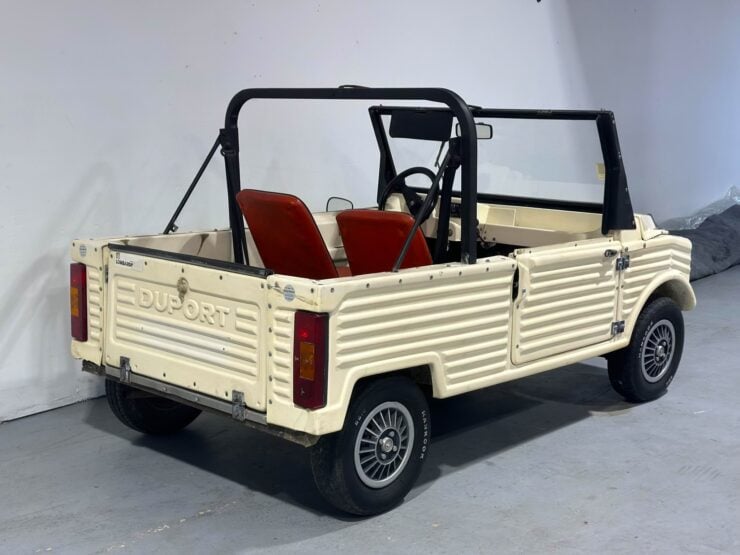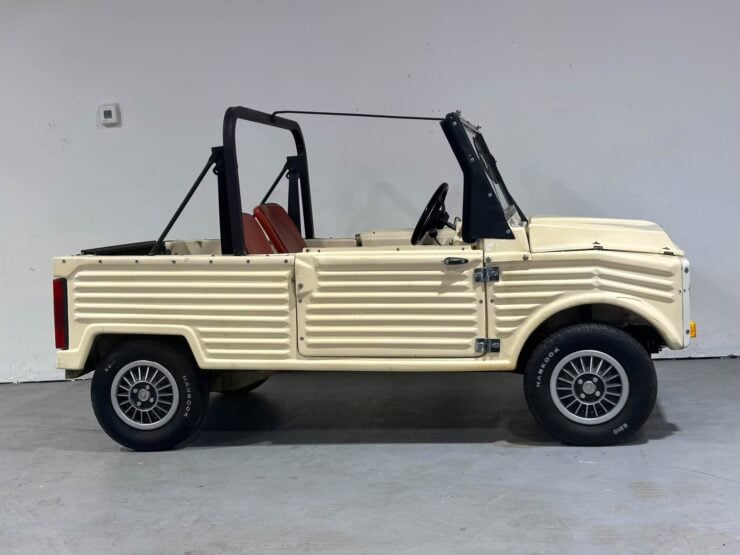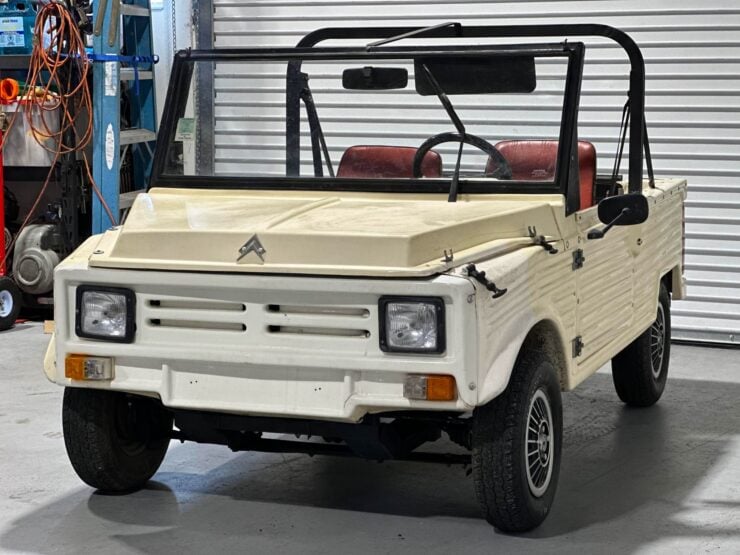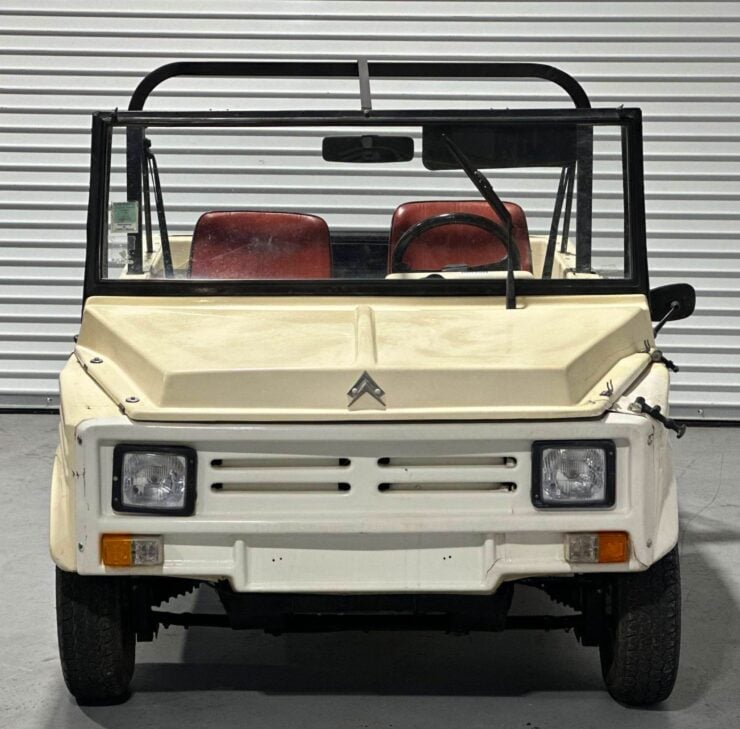The Duport Onyx is one of those rare microcars that has been largely forgotten, only 20 or so were ever made, and all were powered by an air-cooled diesel engine offering upwards of 80 mpg – enough to embarrass even the most miserly Toyota Prius.
The microcars built by Duport were developed to keep the factory busy in the summer months, the company had been established as a ski lift engineering firm, but as soon as summer came each year business fell off a cliff. Cars like the Onyx were released specifically to keep the workers employed year round.
Fast Facts: The Duport Onyx
- The Duport Onyx is a French-built microcar developed by ski lift engineering company Duport to keep factory workers employed during off-seasons. Fewer than 20 were made between the late 1970s and early 1990s, each powered by a fuel-efficient air-cooled diesel engine capable of up to 80 mpg, with license-free operation under French “sans permis” laws due to the low engine output.
- Duport’s lineup also included the Mini Jeep and Country models, all featuring a minimalist, utilitarian design inspired by vehicles like the Citroën Méhari. The Onyx used a fiberglass body over a steel frame, making it lightweight and highly rust-resistant, ideal for rural and alpine environments around Faverges, France.
- Early Onyx models had 325cc diesel engines, later models had this increased to 510cc units producing 10 – 12 bhp. These drove a CVT system to a top speed of around 30 mph. Though underpowered, the later versions were better suited to urban use, offering basic transport with easily replaceable body panels and minimal interior appointments.
- The 1991 Duport Onyx featured here is one of the few exported, having been displayed at the Lane Motor Museum in Tennessee before being offered for sale in Florida. It retains its original ivory finish, though with some cosmetic damage, and is now available with a Tennessee title and no reserve on Bring a Trailer.
History Speedrun: The Duport Onyx
The Duport Onyx is one of those strange but fascinating outliers in automotive history – built in the small Alpine town of Faverges, France, the Onyx was the brainchild of Guy Duport, a ski-lift engineer turned low-volume vehicle manufacturer.
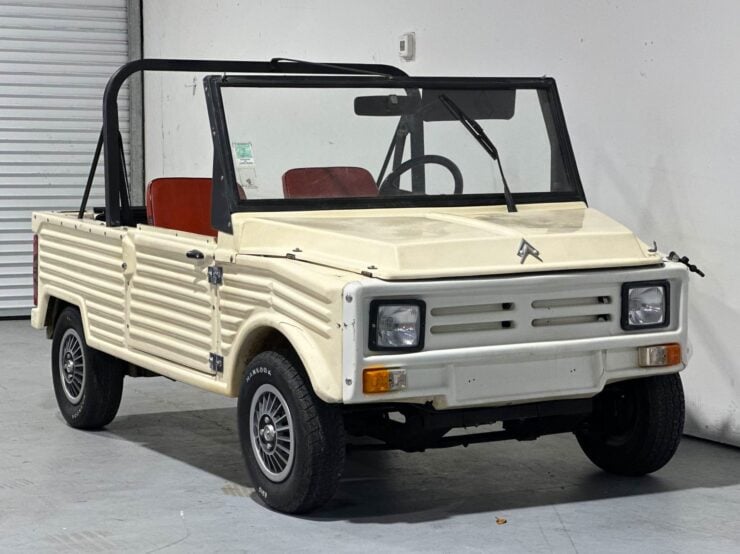

His company, Duport, was active from the late 1970s into the early 1990s, producing a small number of rugged, utility-oriented microcars that leaned heavily on simplicity, functionality, and exceptional fuel efficiency.
The Onyx wasn’t Duport’s only creation. Earlier efforts included vehicles like the Duport Mini Jeep and the slightly more obscure Duport Country, all sharing a modular ethos and a utilitarian fiberglass body construction over a steel chassis.
These machines were designed primarily for use in rural or mountainous regions, and they echoed the same stripped-down philosophy as the Citroën Méhari or the Mini Moke – lightweight, open-bodied cars that prioritized practicality over comfort. The visual similarity between the Onyx and the Méhari was likely no accident.
What set the Onyx apart from almost every other car in its class was its diesel powered drivetrain. Most microcars of the time relied on small two-stroke petrol engines, but Duport opted for a single-cylinder diesel, often sourced from Lombardini.
Early models used a 325cc unit, while later versions came with a 510cc air-cooled diesel, producing somewhere in the range of 10 to 12 bhp. Owners of the earlier cars had complained about a lack of power, and while the later 510cc unit was still hardly a barnstormer, it did give the small, lightweight Onyx enough performance to keep up with urban traffic and climb steeper hills.
Power was routed through a belt-driven continuously variable transmission (CVT), more typical of small scooters, this gave the car a top speed of roughly 30 mph – enough for urban settings and rural back roads but not for major roads or highways.
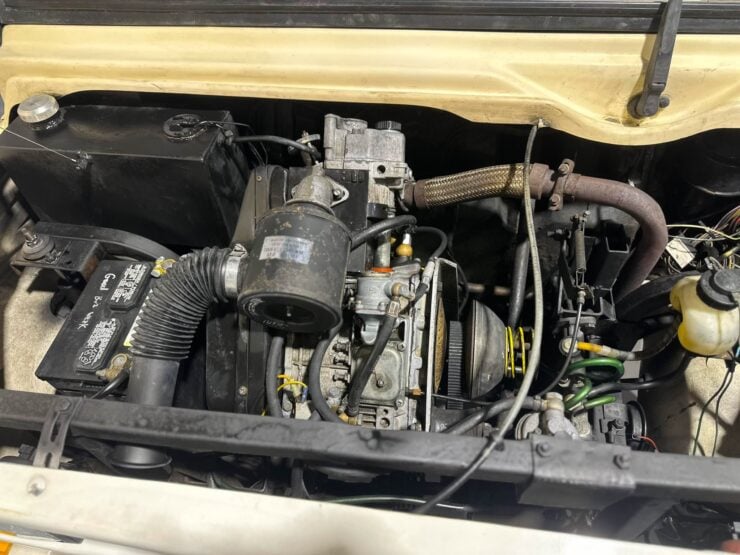


The frame was simple welded steel, but the external shell was made entirely of ribbed fiberglass. This kept weight down while eliminating the risk of rust – an important consideration in the mountainous Haute-Savoie region, where road salt and moisture were constant factors.
The body panels were bolt-on and easily replaceable, and the interior was sparse, just vinyl seats, Jaeger gauges, and a flat floor.
The reason for the Onyx’s creation was straightforward. Duport saw a gap in the French micro-utility vehicle market for something road-legal, low-maintenance, and extremely frugal. Due to the engine power level below 4kW the Onyx was classed as “sans permis” and could be driven without a driver’s license.
Production was extremely limited with fewer than 20 examples of the Onyx believed to have been made, and almost all remained in France. One notable example was imported to the United States and exhibited at the Lane Motor Museum in Tennessee.
Duport ceased vehicle production in the early 1990s, the market had shifted, and regulatory changes made ultra-low-volume car building more difficult. The Onyx remains an odd and fascinating piece of France’s microcar past, and the surviving examples are now much sought after by collectors of automotive eccentricities.
The 1991 Duport Onyx Shown Here
The car you see here is a Duport Onyx from right near the end of the model’s production – 1991. It’s the only one we’ve ever seen come up for sale, likely because very few have ever left France.
This is the Onyx that was imported into the US and put on display at the Lane Auto Museum for a time, before it was acquired by the current selling dealer earlier in 2025.
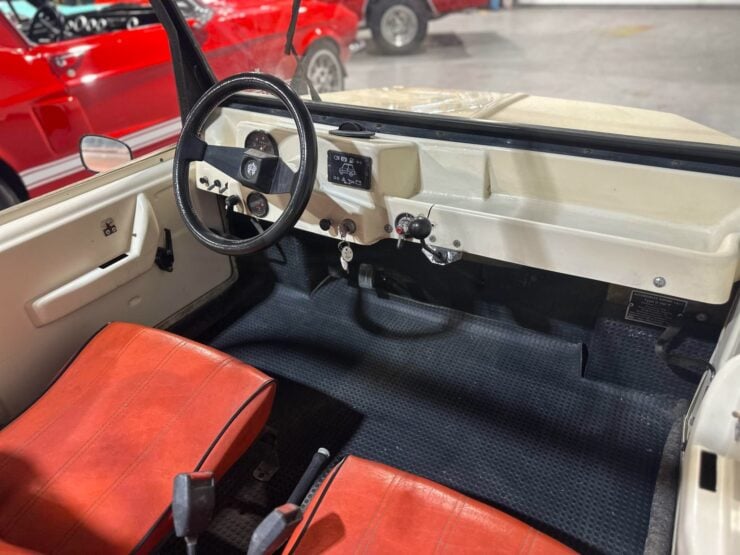


The car is finished in ivory with a black windshield surround and roll bar. It has a single windshield wiper, external door hinges, headlights, and turn signals. It does have some damage, the front fascia is cracked and finished in a lighter shade along with a portion of the left fender.
It’s now being offered for sale out of Boca Raton, Florida at no reserve with a Tennessee title. You can visit the listing here if you’d like to read more about it or place a bid.
Images courtesy of Bring a Trailer


